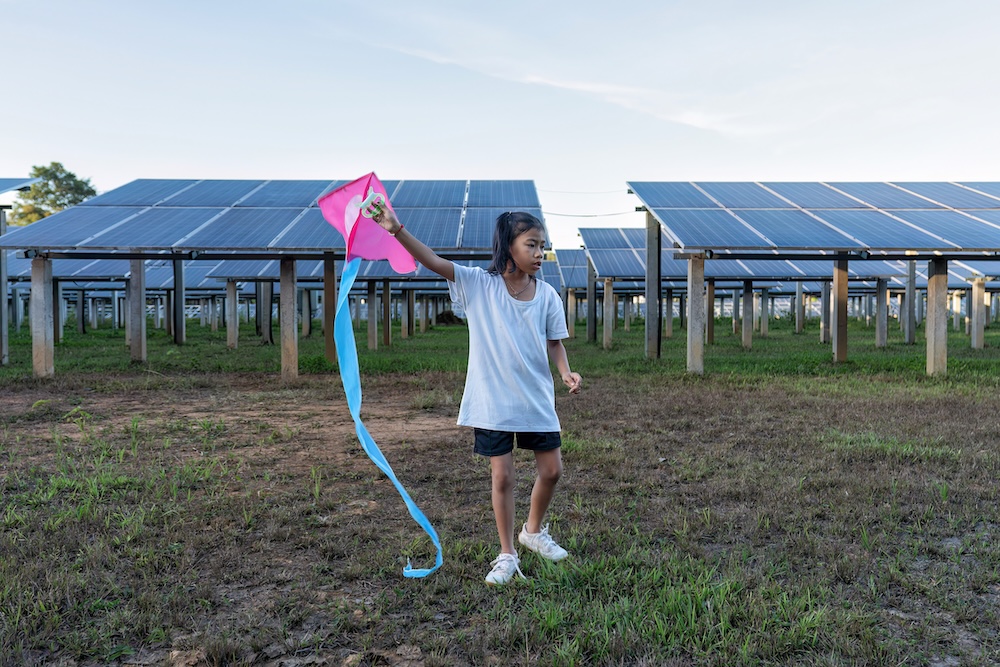A carbon-free energy system is more than a technical goal — it represents a vision for how humanity can power modern life without destabilizing the climate. Around the world, scientists, governments, and communities are reimagining energy systems to eliminate fossil fuels and replace them with renewable, clean, and resilient sources. This shift is not just about replacing coal with solar panels or oil with electric cars. It is about redesigning how societies generate, distribute, and use energy while addressing social and environmental justice.
Why a Carbon-Free Energy System Matters
The link between fossil fuels and climate change is clear. Coal, oil, and natural gas remain the dominant sources of global energy, and they account for more than 75% of greenhouse gas emissions. Continuing on this trajectory risks escalating climate extremes, biodiversity collapse, and economic instability. A carbon-free energy system offers a way to cut emissions at the source while also addressing health and equity issues tied to air pollution and environmental degradation.
Transitioning away from carbon-intensive fuels also reduces dependence on volatile global markets. Renewable resources like wind and solar are not subject to the same geopolitical risks as oil or gas, offering countries greater energy independence and stability.
Core Elements of a Carbon-Free Future
Building a carbon-free system requires more than swapping one energy source for another. It means redesigning energy infrastructure, policies, and behaviors to support a resilient and sustainable framework.
Renewable Generation
Solar, wind, geothermal, and hydropower are the backbone of carbon-free electricity. Each comes with unique benefits and challenges, but together they offer abundant, scalable options for replacing fossil fuels.
Storage and Flexibility
Because renewable generation can be intermittent, large-scale storage solutions like advanced batteries, pumped hydro, and green hydrogen are critical. They ensure reliability and balance between supply and demand.
Electrification of Everything
Transportation, heating, and industry must shift from direct fossil fuel use to electricity. Electric vehicles, heat pumps, and electric industrial processes enable renewables to power more of the economy.
Smarter Grids
A carbon-free system requires intelligent, distributed grids that can handle diverse sources of generation and prioritize efficiency. Digital monitoring, decentralized microgrids, and demand-response systems all support resilience.
Efficiency and Demand Reduction
Every unit of energy saved is as important as new energy generated. Efficiency upgrades in buildings, appliances, and manufacturing reduce strain on the grid and lower emissions faster.
Social and Environmental Dimensions
A truly sustainable carbon-free system cannot focus only on technology. It must address social and environmental justice. Communities most affected by fossil fuel extraction often suffer from polluted air, contaminated water, and economic decline as industries shift. A fair energy transition ensures these communities have access to new jobs, affordable energy, and healthier environments.
At the same time, renewable development must avoid reproducing harm. Large-scale solar or hydropower projects can threaten ecosystems if poorly planned. A carbon-free system must balance innovation with ecological respect, ensuring that clean energy does not come at the expense of biodiversity or cultural heritage.
Challenges on the Path Forward
The transition to a carbon-free energy system faces financial, political, and technical barriers. Fossil fuel subsidies still outweigh renewable investments in many regions, making it harder for alternatives to compete. Infrastructure upgrades are costly and require long-term planning, while political resistance can slow or block progress.
There are also real technological hurdles. Large-scale storage remains expensive, and renewable deployment needs to accelerate dramatically to meet global climate targets. Yet the speed of innovation and falling costs suggest that these barriers can be overcome with coordinated effort and strong policy frameworks.
Small Shifts with Big Ripples
Even while governments and industries work on massive infrastructure changes, individuals and communities can make meaningful contributions. Installing solar panels, adopting energy-efficient appliances, and supporting community-owned renewable projects send signals to markets and policymakers alike. Small shifts at the household or neighborhood level ripple outward, proving that demand exists for cleaner, fairer energy solutions.
Final Thoughts
A carbon-free energy system is both an urgent necessity and a hopeful vision. It is about creating a world where the air is cleaner, homes are warmer, and societies thrive without relying on fuels that harm the planet. The path will not be simple, but every investment, policy, and choice that supports renewable, equitable, and efficient energy brings us closer to a sustainable future.
By prioritizing renewable generation, smarter systems, and social fairness, we can build an energy system that works for people and the planet. And as with all sustainable transitions, the ripples of today’s small actions will grow into waves of change that define tomorrow’s world.









Reader Interactions